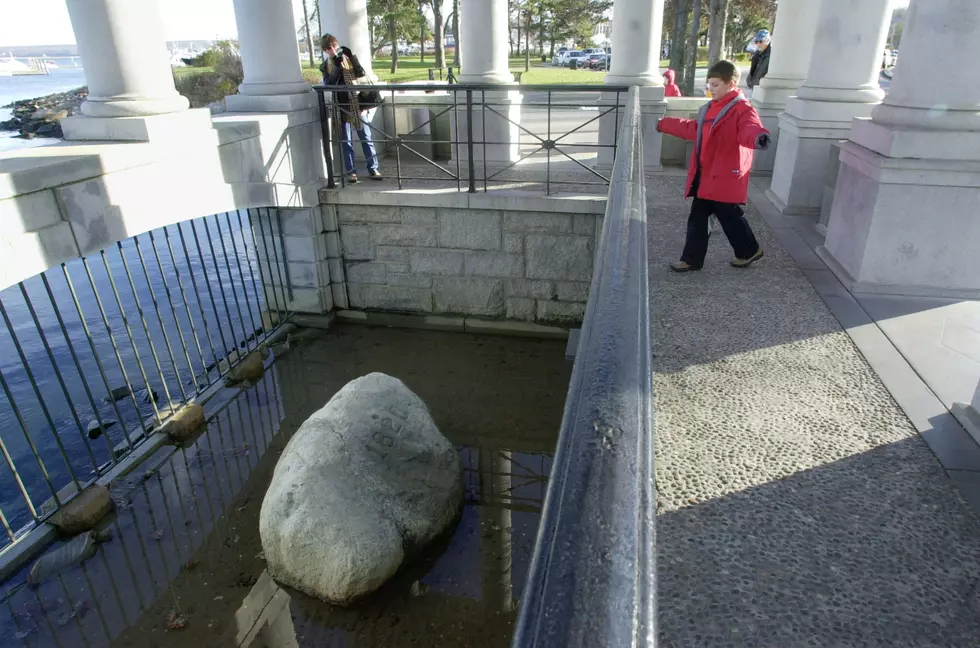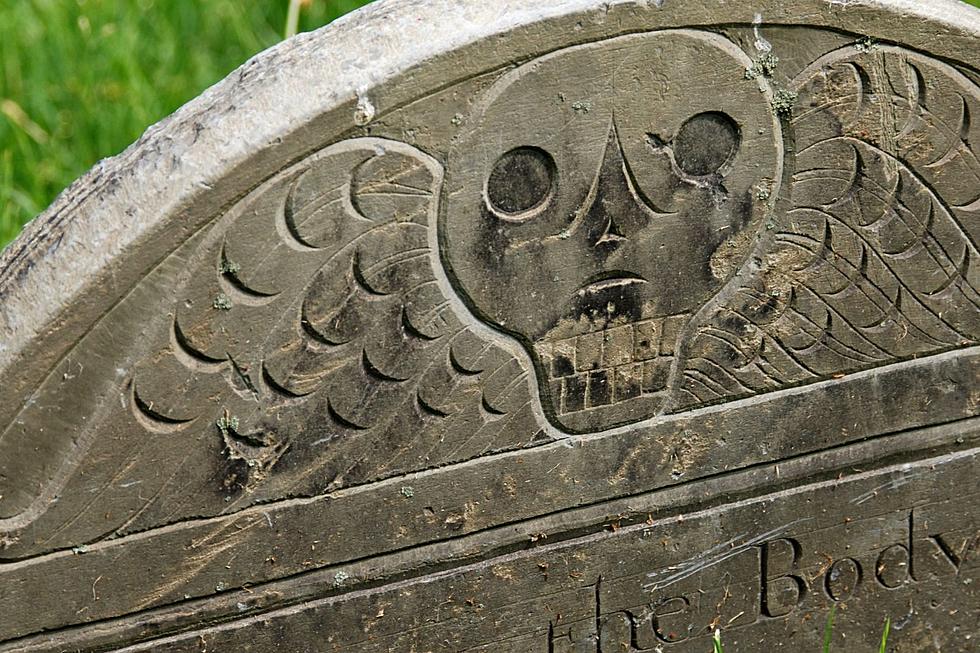
How This Became New England’s Most Disappointing Tourist Trap
If you grew up in New England, there’s a 99% chance you took a really long school bus ride to the South Shore of Massachusetts, walked up to a gated area surrounded by photographers, and said, "this is Plymouth Rock?"
It is, without question, the most anticlimactic tourist trap in New England. At least the Old Man on the Mountain had the decency to exit with a bang.
Meanwhile, Plymouth Rock seems to wilt away like an unattended houseplant.
Plymouth Rock, of course, marks the spot where the Mayflower emptied in 1620, and the giving of thanks (among other things) would ensue. But it wasn’t discovered in any of the Pilgrims’ writings until nearly 100 years later.
Then, in 1741, the rock was finally identified – before breaking in half while being transported in 1774 (now there’s a good Southwest Airlines “Wanna get away??” ad).
So, to children such as I who wondered why this great stone is so misshapen: super glue was not yet a thing in the late 1700s.
And as is the case in Hollywood and the WWE, everybody wanted a piece of The Rock.
Over the years, various museums and local organizations in Plymouth took pieces of Plymouth Rock to put on display, according to the Smithsonian. In fact, the website Wonderopolis states that Plymouth Rock is at most a third the size as it was in 1620.
A once-great spherical object, close to ruin, thanks to humans who keep taking and taking. Sounds familiar, no?
Add in harsh New England winters, and it’s a wonder there’s anything left of it at all.
Eight Wicked Bizarre Mysteries of Massachusetts
15 Wacky New England Animal Stories from 2023
More From WSHK-WSAK 102.1 & 105.3 The Shark









